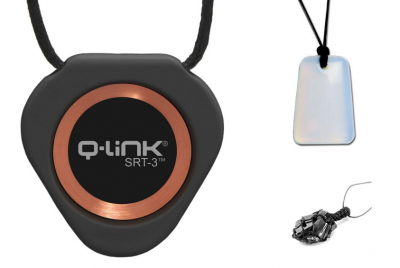When worn correctly, both Bluetooth and wired earbuds offer a lightweight and comfortable way to listen…
Top 7 Lowest Radiation Cell Phones of 2022

*We may earn a commission for purchases made using our links. Please see our disclosure to learn more.
All cell phones are not created equal. This is not only true in terms of the features they offer, but also with regards to the radiation they produce. Cell phone radiation has been linked to serious health issues such as glioma and male infertility, making finding a low EMF phone all the more important.
If it’s not the time for an upgrade, there are still things you can do. Our definitive guide to Cell Phone Radiation Protection details several steps you can take to make your existing phone a little bit safer. But if you’re ready to take the plunge on a new phone, it may be wise to stick with one of the lower EMF producing phones on the market. Below, we’ll take a look at some of the best.
How is cell phone radiation measured?
Before we dive into models, it’s helpful to have an understanding of how we determine which models are low EMF. We cover this in much greater detail in our guide to Cell Phones and SAR, so we won’t spend too much time on it here. But essentially, cell phone radiation is measured and regulated based on the Specific Absorption Rate (SAR). This refers to the amount of radiation absorbed by living tissue.
In the United States, the Federal Communications Commission (FCC) limits a phone’s SAR output to 1.6W/kg. Now, SAR is far from a perfect measurement, and we go into some of its flaws in more depth in the guide referenced above. However, it does give us a starting point when comparing the radiation levels of different phones. We know they will be at or below the FCC limit, but some phones are actually much lower. And those are the phones we’re going to focus on today.
Top 7 lowest radiation cell phones of 2022
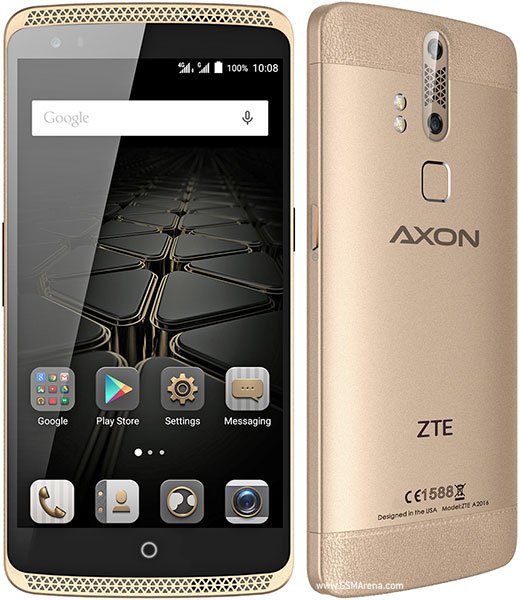
7. ZTE Axon Elite. To start our list off, we have ZTE’s Axon Elite. With a SAR level of .17W.kg, this is a very low EMF producing phone that is also perfect for anyone on a budget. Built-in hi-fi audio, dual cameras, a fingerprint scanner, and 64GB of built-in memory make this phone comparable to higher-end models while still keeping it at an affordable price point.
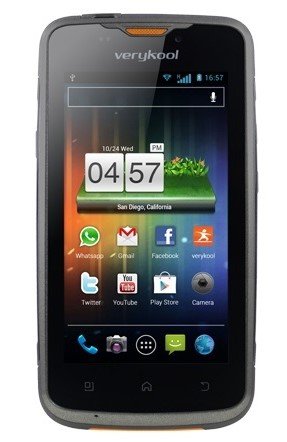
6. Verykool Vortex RS90. Say you want something a little simpler. That is where Verykool’s Vortex RS90 steps in. This phone has been around for a minute, but for good reason. The RS90 has an exceptionally low SAR value of .18W/kg, making it one of the lowest EMF producers on the market. It’s a fairly basic phone, otherwise, although it is notably quite durable, water-resistant, and dustproof.
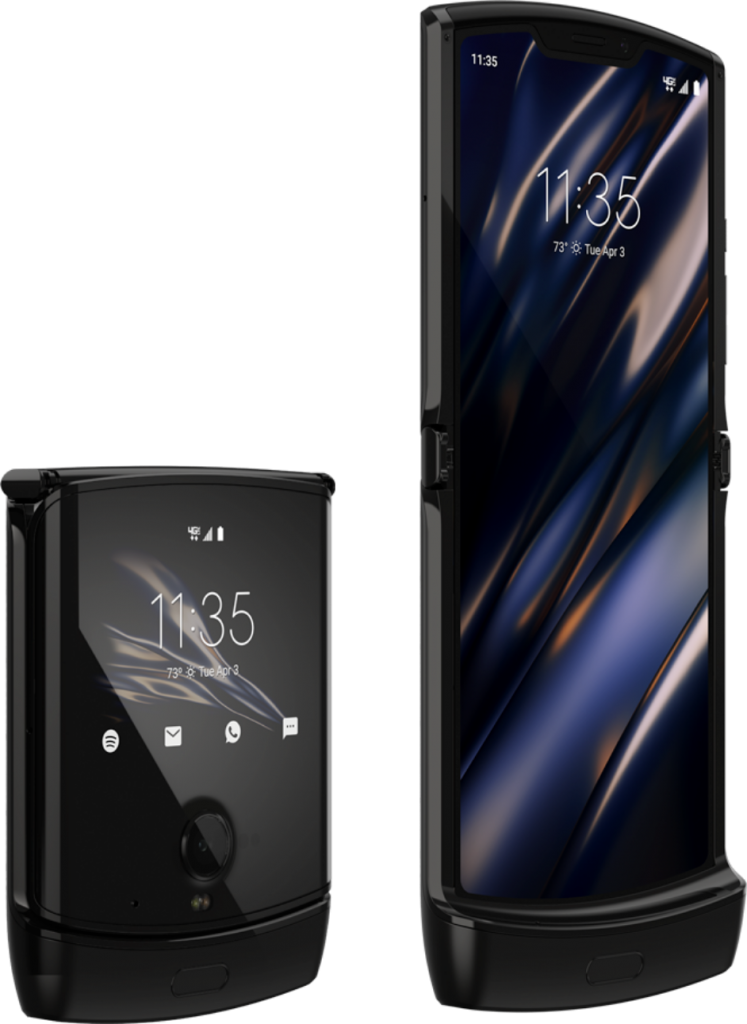
5. Motorola Razr. If you’re feeling nostalgic for 2005, Motorola has a solution for you. The brand is bringing back one of the most popular former members of its flip phone line-up, this time in smartphone form. And it’s relatively low EMF, as well. The Razr has a SAR level of .67W/kg, which is a little higher than some of the other options out there but still pretty low, overall. And for that true blast of nostalgia, the Razr actually folds in half, looking just like the older models — albeit a bit sleeker and more streamlined. The foldable aspect is arguably the coolest feature of the phone, but there are some other perks worth mentioning, as well. The Quick View display is visible when the phone is folded in half and merely requires a touch to activate and check for notifications or access the camera. The built-in camera comes with night vision and an assistant that helps take your shots to the next level. And the long-lasting battery can withstand up to 28 hours per charge.
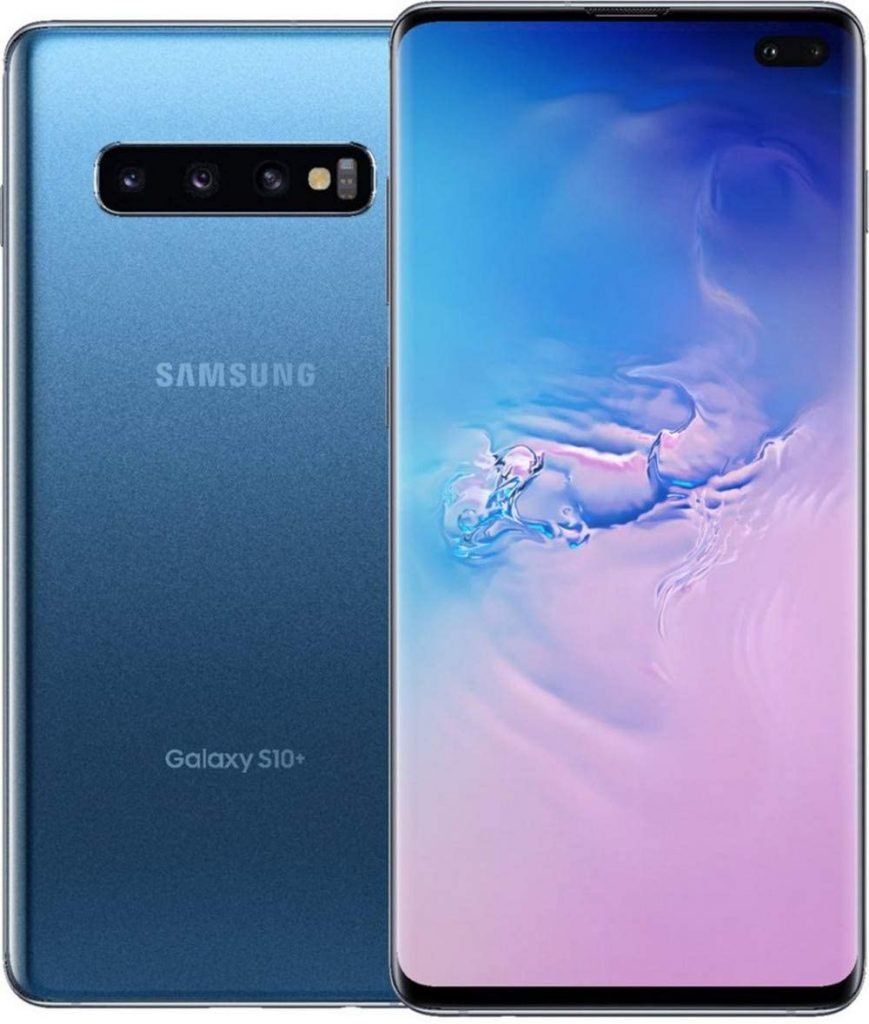
4. Samsung Galaxy S10+. Samsung’s Galaxy S series of phones have long-since been regarded as one of the brand’s top offerings — second only, perhaps, to the Note, which we will touch on a bit later. The SAR level of this particular model, the S10+, is quite noteworthy at .41W.kg, substantially below the FCC’s legal limit. Samsung has led the way among major cell phone manufacturers when it comes to lower EMF smartphones, and it’s no surprise that the popular S10+ continues this trend. In terms of features, the S10+ comes with a bezel-less display to maximize your screen area, built-in pro camera lenses, and super-stabilization when recording videos. It’s not all about the camera, either — the S10+ has a large, 6.4-inch screen with a crisp and clear display, a long-lasting battery that can be optimized to last all day, and 128GB of built-in storage.

3. LG G7. With an impressively low SAR of .24W/kg, LG’s G7 has earned itself a spot on our list. The 6.1-inch display produces vibrant colors and the dual 16MP camera is perfect for capturing any moment. The integrated boom box speaker also means that you can take your music with you anywhere, even without headphones. It even features enhanced bass tones for optimal sound quality. With voice recognition, built-in Google Lens, and Google Assistant, the G7 has most of your basic needs covered. It may not have all the bells and whistles of a more expensive phone, but if you need reliability while on a budget, this is a great choice.
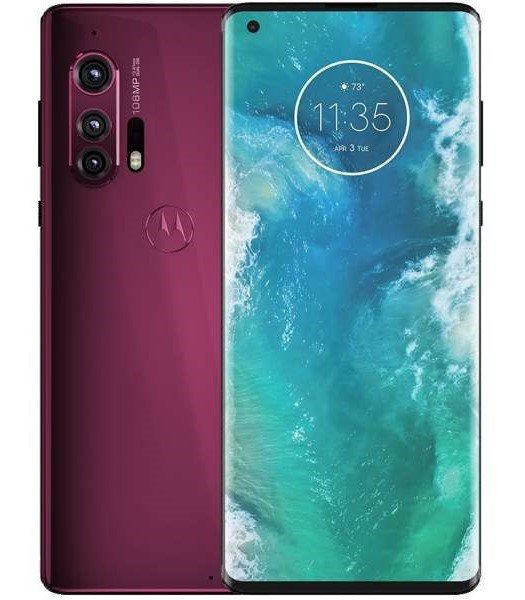
2. Motorola Edge+. The SAR level of Motorola’s Edge+ is .88W/kg. It may not be the absolute lowest EMF producing model out there, but it still falls well under the FCC’s acceptable range. And it’s quite feature-rich, as well. The Edge+ is 5G compatible, with 256GB of built-in storage. The bezel-less display provides additional screen space, and the 64MP camera rivals that of any professional. The battery life is pretty impressive, too, lasting up to two full days, depending on usage, of course. This is an excellent phone for anyone looking for a low-EMF phone that is fast, modern, and compatible with any major carrier. Plus, Motorola is a respected brand that has been making phones for years, so you know the kind of quality you’re getting with the Edge+.

1. Samsung Galaxy Note 10+. Samsung has another low EMF hit with its Galaxy Note 10+. The SAR level on this phone is .19W/kg, making it incredibly low for such a popular phone. Features on the Note 10+ include a stylus, a battery that can last up to 38 hours of talk time, an infinity display, and either 256 GB or 512 GB of storage. The included stylus doubles as a so-called magic wand, allowing you to control the camera or scroll through music remotely. With gesture-based commands, a crystal clear camera, and the addition of studio-grade lenses, there’s almost nothing this phone can’t do. It’s definitely on the larger size — the Note+ has a 6.8-inch bezel-less screen, but if you can justify carrying around the extra bulk, the larger display is actually quite nice. This phone is sleek and responsive, although one potential drawback is that it does not include a headphone jack. Still, if you are looking for a low-EMF phone that doesn’t sacrifice any of the bells and whistles, this may be the one for you.
Testing your phone’s levels
You probably aren’t going to be able to replicate the SAR tests performed by cell phone companies and laboratories. However, you can still get a good idea of exactly how much radiation your phone produces using an EMF meter. If you don’t already have one on hand, the TriField TF2 is a good place to start. This meter measures RF radiation in addition to electric and magnetic fields, which is crucial for measuring cell phone radiation. For more EMF meters, see The Best EMF Meters For Any Budget.
To measure the radiation coming from your cell phone, turn the meter on and hold it next to your phone. To get a baseline measurement, you can first take your measurement with the phone powered off. That will tell you how much environmental radiation is affecting your reading. Once you know that, turn your phone on and watch as the number on your meter changes.
You can take measurements in various states, including during an active call, in airplane mode, with a Bluetooth device connected, and with WiFi on and off. All of these readings give you some idea of how much radiation your phone produces during those different activities. Experiment with changing the distance of the meter to the phone and note how the levels drop as you begin to separate the two devices. Indeed, radiation levels are always higher closer to the source.
This activity can help you find out exactly how much radiation your phone generates. It also paints a picture of how far away you need to be from your phone in order to safely operate the device.
Parting thoughts
Cell phone radiation may be inescapable, but that doesn’t mean you can’t reduce your levels by using a lower EMF phone. The options on our list are lower than others on the market, and many are available at major carriers everywhere.


